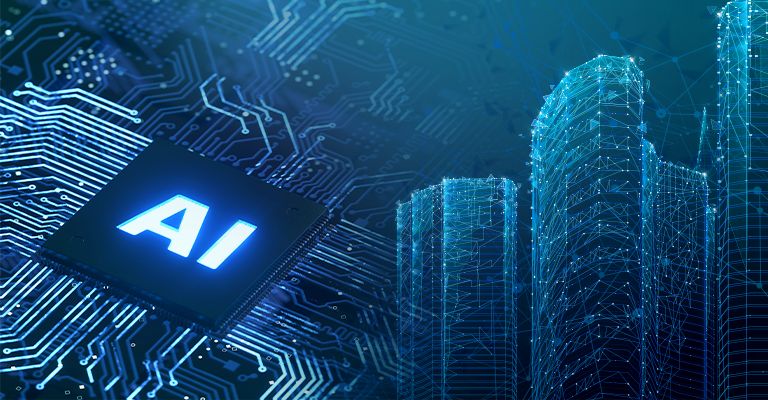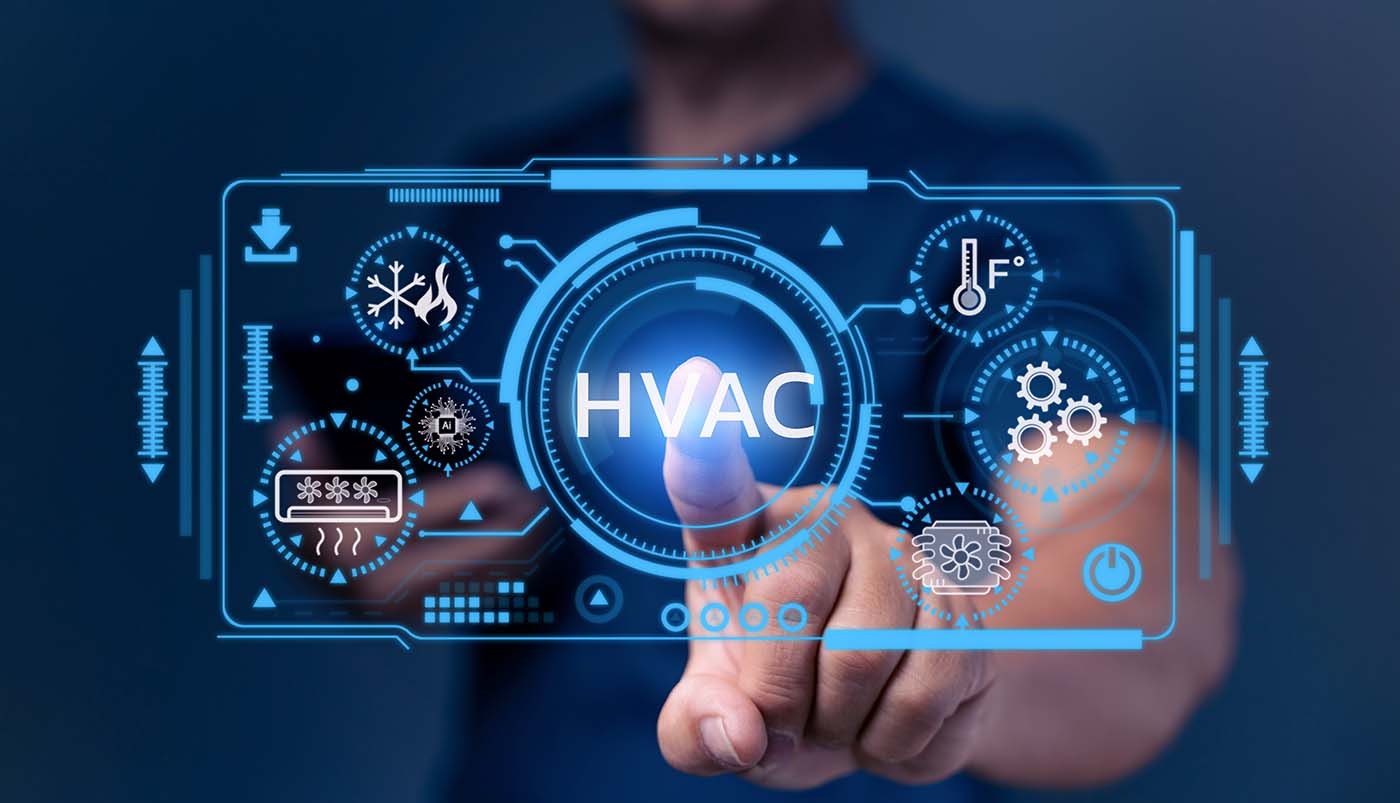In the modern world, technology continues to revolutionize various industries, and HVAC inspections are no exception. The benefits of using AI in HVAC inspections are becoming increasingly apparent to industry professionals and homeowners alike. By integrating artificial intelligence into HVAC systems, we can enhance efficiency, reduce costs, and ensure optimal performance. But what exactly are the benefits, and how does AI transform the inspection process?

Understanding the Role of AI in HVAC Systems
AI, or artificial intelligence, refers to the simulation of human intelligence in machines. In the context of HVAC systems, AI can analyze data, predict outcomes, and optimize performance. By leveraging AI, HVAC inspections become more accurate, timely, and cost-effective. This integration is not just a trend but a necessity for modern HVAC systems.
Enhanced Efficiency with AI
One of the primary benefits of using AI in HVAC inspections is the significant boost in efficiency. AI algorithms can quickly analyze vast amounts of data to identify potential issues before they become significant problems. This proactive approach ensures that HVAC systems operate at peak efficiency, reducing energy consumption and lowering utility bills.
Predictive Maintenance
AI allows for predictive maintenance, which is a game-changer in the HVAC industry. By predicting when a component is likely to fail, AI can schedule maintenance before a breakdown occurs. This not only prevents costly repairs but also minimizes downtime. Learn more about predictive maintenance from our article on HVAC predictive maintenance.
Cost Reduction
Another significant advantage of AI in HVAC inspections is cost reduction. With AI-driven insights, companies can optimize their maintenance schedules, reducing unnecessary expenses. This cost efficiency translates to savings for both businesses and consumers.
Improved Accuracy and Diagnostics
AI enhances the accuracy of HVAC inspections by providing detailed diagnostics. Traditional inspection methods rely heavily on human expertise, which can be prone to errors. AI, on the other hand, offers precise data analysis, eliminating guesswork and ensuring reliable diagnostics.
Real-Time Monitoring
With AI, real-time monitoring of HVAC systems is possible. This feature allows for continuous assessment of system performance, ensuring that any anomalies are detected and addressed promptly. Discover more about AI in HVAC diagnostics for detailed insights.
Enhanced Data Analysis
AI can process and analyze data at a speed and accuracy level that surpasses human capability. This ability allows for a comprehensive understanding of system performance, enabling more informed decision-making. For instance, AI-based airflow analysis can offer valuable insights into airflow patterns and efficiency, as explored in our article on AI-based airflow analysis.
Environmental Impact
The environmental benefits of using AI in HVAC inspections are substantial. By optimizing system performance, AI reduces energy consumption, leading to lower carbon emissions. This contribution is crucial in the global effort to combat climate change.
Sustainable Practices
AI encourages sustainable practices by promoting energy efficiency and reducing waste. By ensuring that HVAC systems operate optimally, AI helps reduce the environmental footprint of heating and cooling operations.
Challenges and Considerations
While the benefits of AI in HVAC inspections are clear, there are also challenges to consider. Implementing AI technology requires investment in both time and resources. Additionally, there is a need for skilled professionals who can manage and maintain AI systems.
Initial Investment
The initial investment in AI technology can be significant. However, the long-term savings and efficiency gains often outweigh the upfront costs. Companies should consider these factors when deciding to integrate AI into their HVAC systems.
Skill Development
To fully leverage the potential of AI, there is a need for skilled technicians who understand both HVAC systems and AI technology. Investing in training and development is essential for successful implementation.
Future of AI in HVAC Inspections
The future of AI in HVAC inspections is promising. As technology advances, AI capabilities will continue to expand, offering even greater efficiency and accuracy. Industry professionals must stay informed about the latest developments to remain competitive.
Continuous Advancements
AI technology is continuously evolving, with new advancements emerging regularly. Staying updated with these developments is crucial for maximizing the benefits of AI in HVAC inspections.
Industry Adoption
As more companies adopt AI technology, the HVAC industry will experience significant transformations. Those who embrace AI will be better positioned to meet the demands of modern consumers and remain competitive in the market.
Conclusion
The benefits of using AI in HVAC inspections are undeniable. From enhanced efficiency and cost reduction to improved accuracy and environmental impact, AI offers numerous advantages. As the technology continues to evolve, its role in HVAC inspections will only become more critical. By embracing AI, industry professionals can ensure optimal system performance and contribute to a more sustainable future. For further reading on how AI is enhancing HVAC systems, check out this [article](https://www.sciencedirect.com/science/article/pii/S277297022400004X) on ScienceDirect, which offers a comprehensive overview of AI’s growing role in HVAC efficiencies.

FAQs
How does AI improve HVAC inspections?
AI improves HVAC inspections by providing real-time monitoring, predictive maintenance, and enhanced data analysis, leading to more accurate and efficient inspections.
What are the cost benefits of using AI in HVAC systems?
AI reduces costs by optimizing maintenance schedules, preventing breakdowns, and enhancing energy efficiency, resulting in significant savings over time.
Is AI environmentally friendly?
Yes, AI promotes environmental sustainability by reducing energy consumption and lowering carbon emissions, contributing to a greener future.
This article contains affiliate links. We may earn a commission at no extra cost to you.
